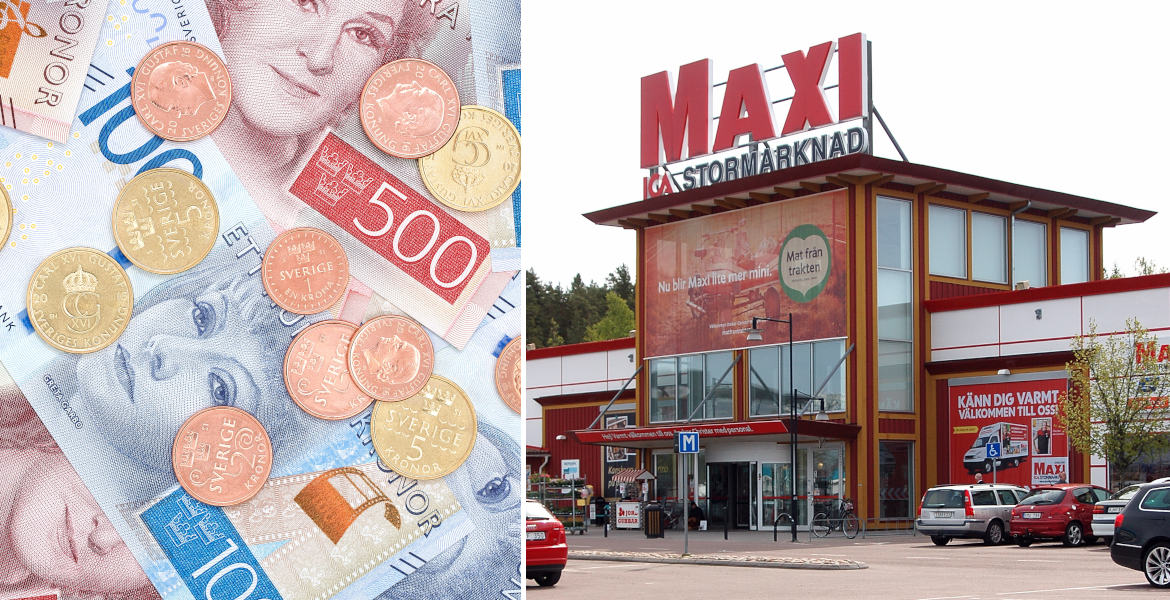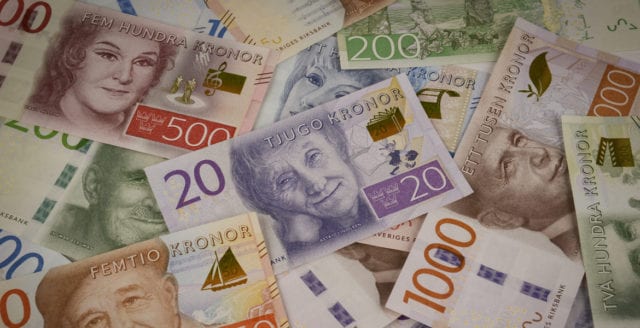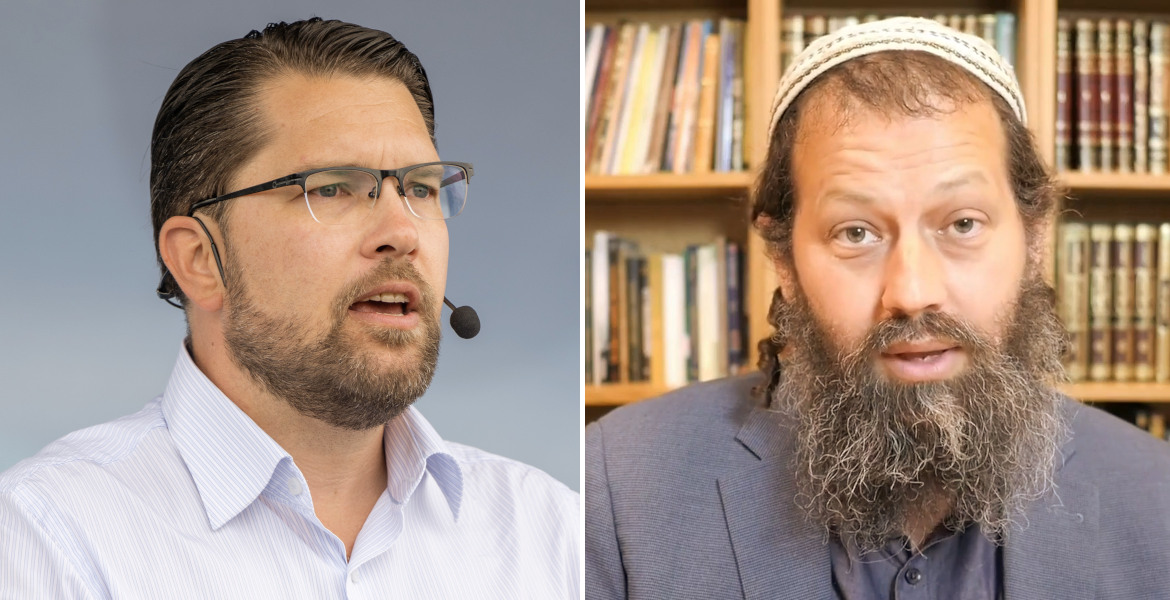Unemployment in Sweden rose during the second quarter of 2025, while inflation continues to remain high. The economic uncertainty is also increasingly affecting households and businesses.
According to the Swedish Public Employment Service's latest figures, 366,496 people were officially registered as unemployed in June 2025, compared to 347,994 people during the same period the previous year. This corresponds to an unemployment level of 6.9 percent, up from 6.6 percent in 2024.
The increase is visible in 15 of the country's 21 counties, where Västerbotten in northern Sweden has been particularly hard hit following industrial closures. Västmanland in central Sweden also shows a clear increase, while Dalarna and the island of Gotland note some improvement.
Among young people (18–24 years), the situation is particularly serious. 41,939 were registered as unemployed in June, corresponding to 7.8 percent according to the Swedish Public Employment Service's measure. This occurs while many are newly registering and competition for jobs is increasing.
Experts also point out that the real unemployment rate may be significantly higher than the official figures. Many unemployed people are not registered with the Swedish Public Employment Service and are therefore not included in the statistics.
According to Statistics Sweden's (SCB) labor force surveys, there are also approximately 200,000 people who are outside the labor force but still want to work – for example, part-time unemployed, long-term unemployed, or people in education who are actively job searching.

Inflation continues at high levels
According to the National Institute of Economic Research, price inflation remains at an elevated level in Sweden. Statistics Sweden (SCB) reports that the consumer price index (CPI) rose by 0.8 percent in July compared to the previous month, corresponding to an annual rate of approximately 4.1 percent.
The high annual rate is described as being driven by continued energy price increases, rising transport costs, and disruptions in global supply chains.
The Swedish central bank's (Riksbank) preferred inflation measure, CPIF (CPI with fixed interest rate), was preliminarily measured at approximately 3.0 percent on an annual basis in July, compared to 2.9 percent in June. The difference between CPI and CPIF is mainly because CPI includes interest costs that have had a major impact, while CPIF excludes these and therefore provides a clearer picture of underlying price developments.
This means that even though price increases based on monthly data are relatively moderate right now, the more stable CPIF inflation continues to be above the Riksbank's target of 2 percent. For many households, this means continued increased living costs and reduced purchasing power, especially in combination with rising interest rates and a weakened Swedish krona.





